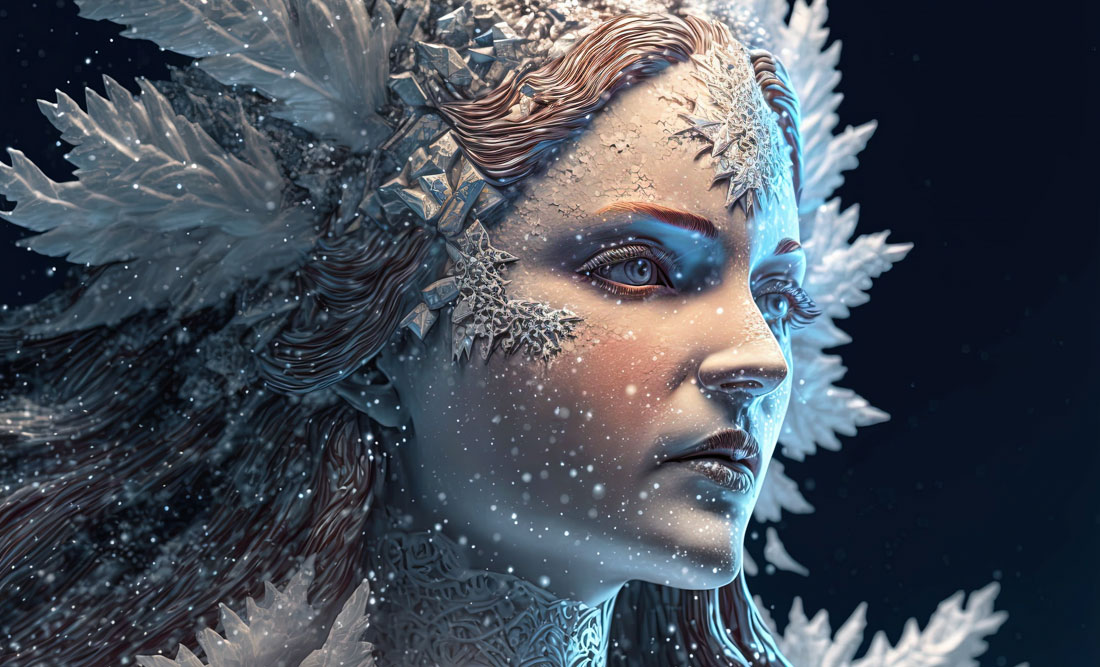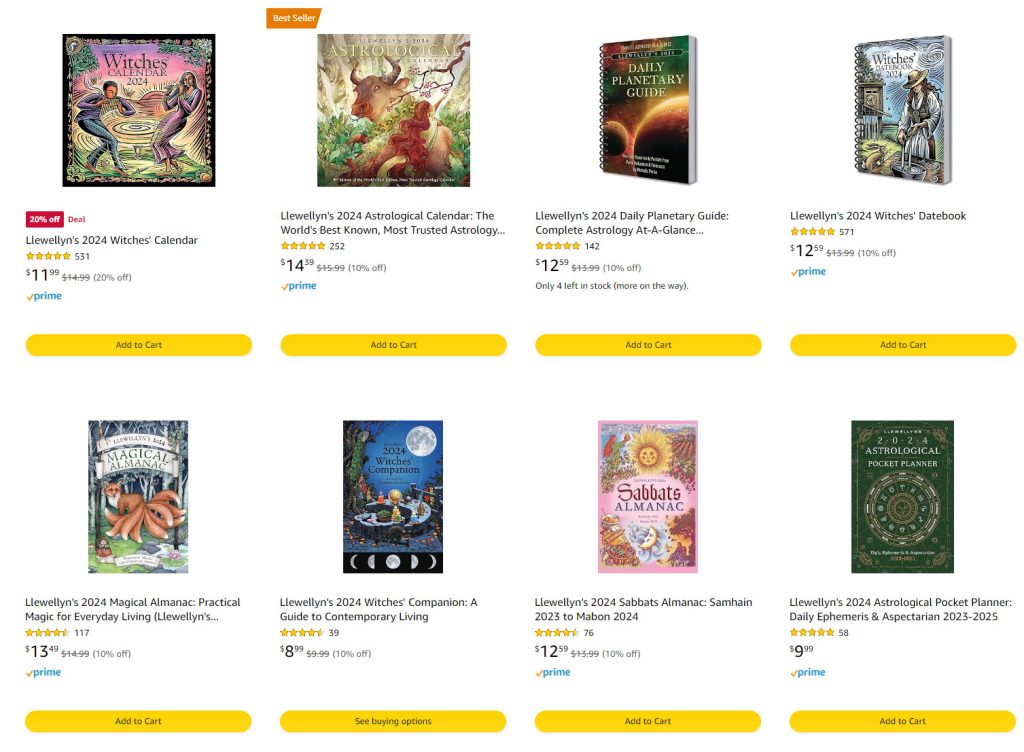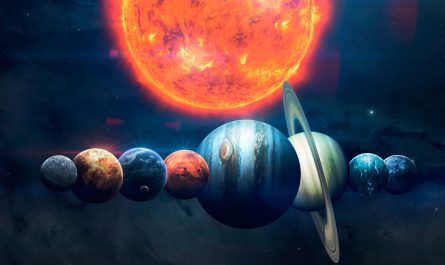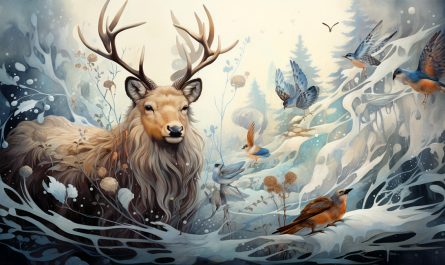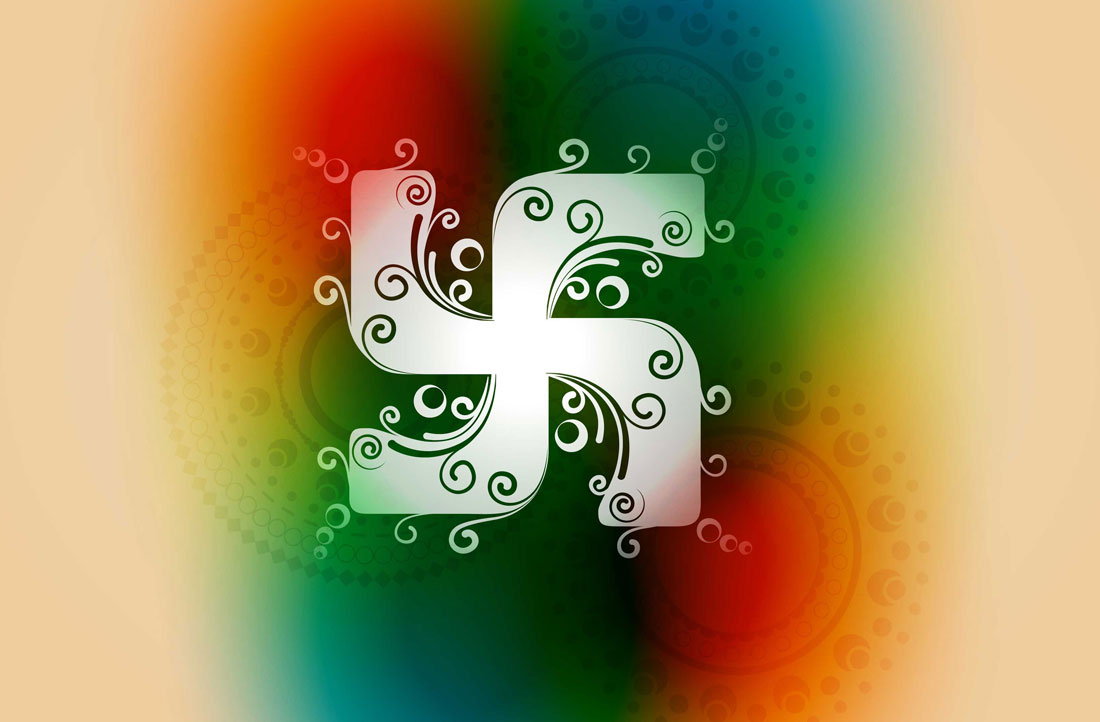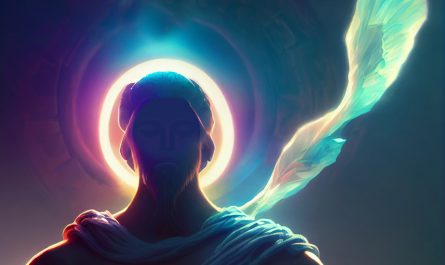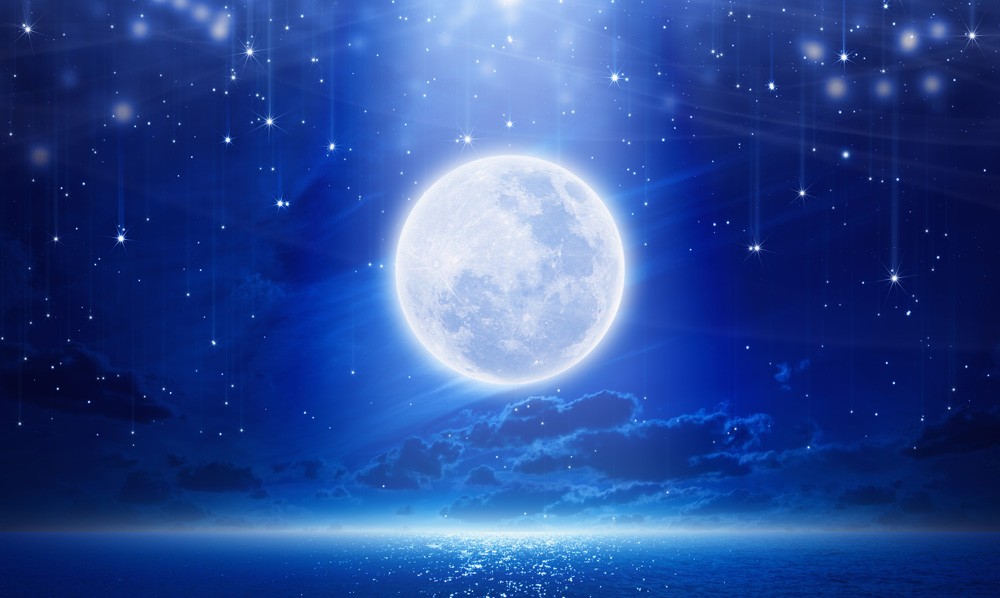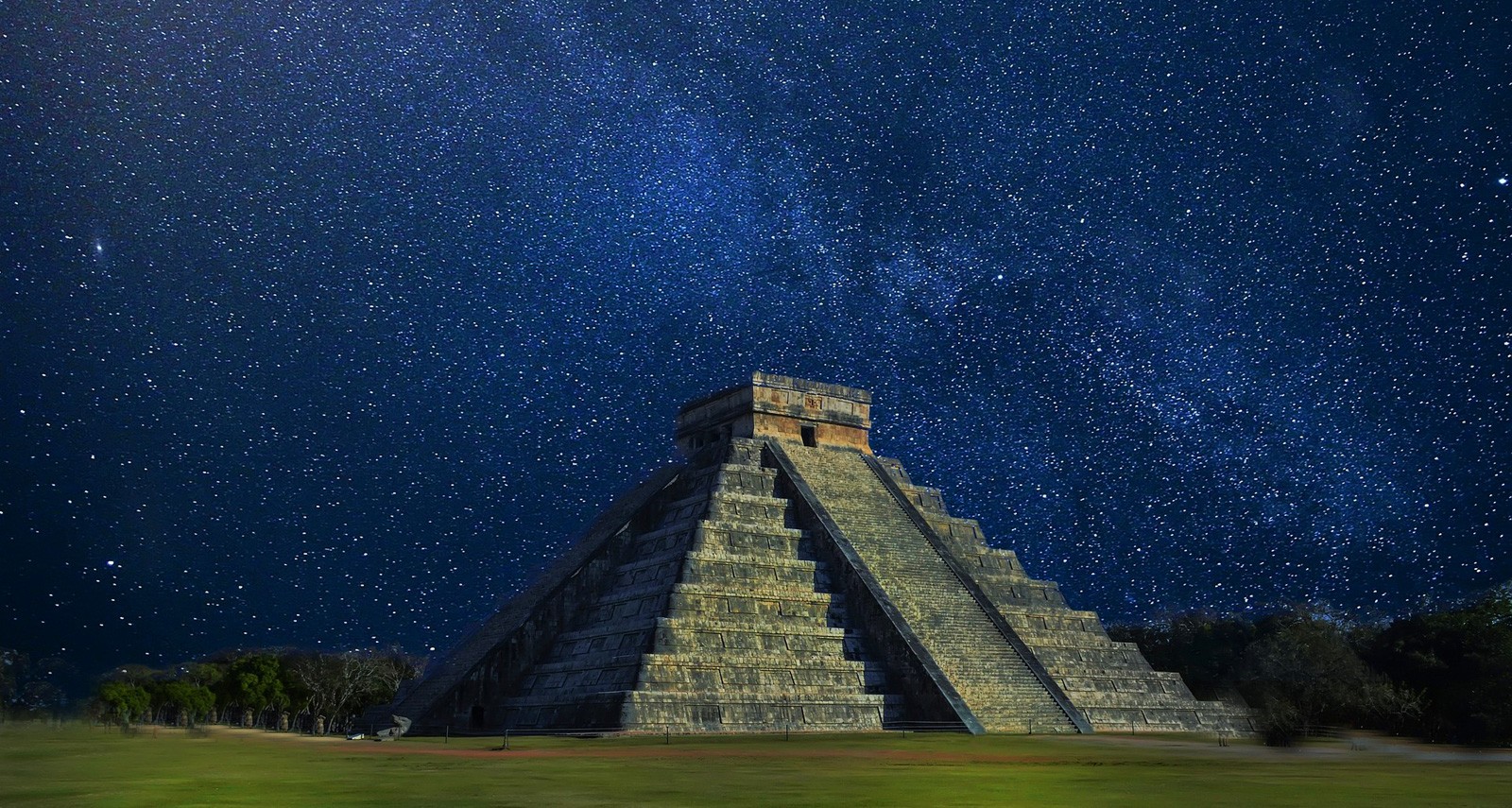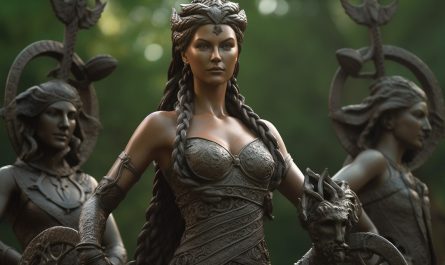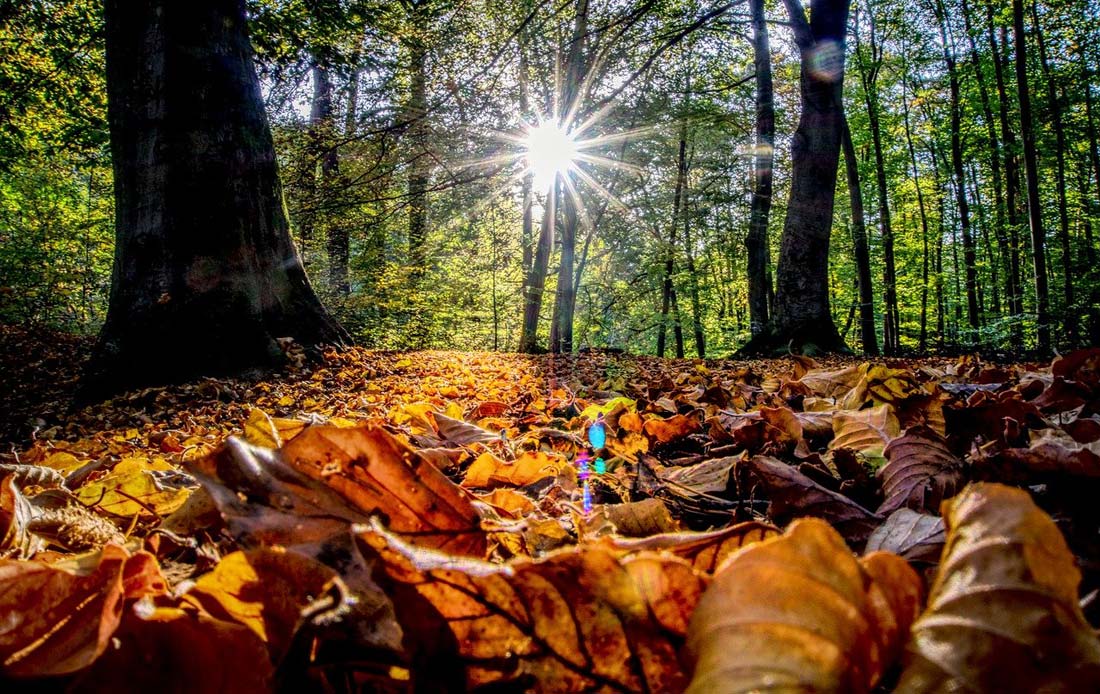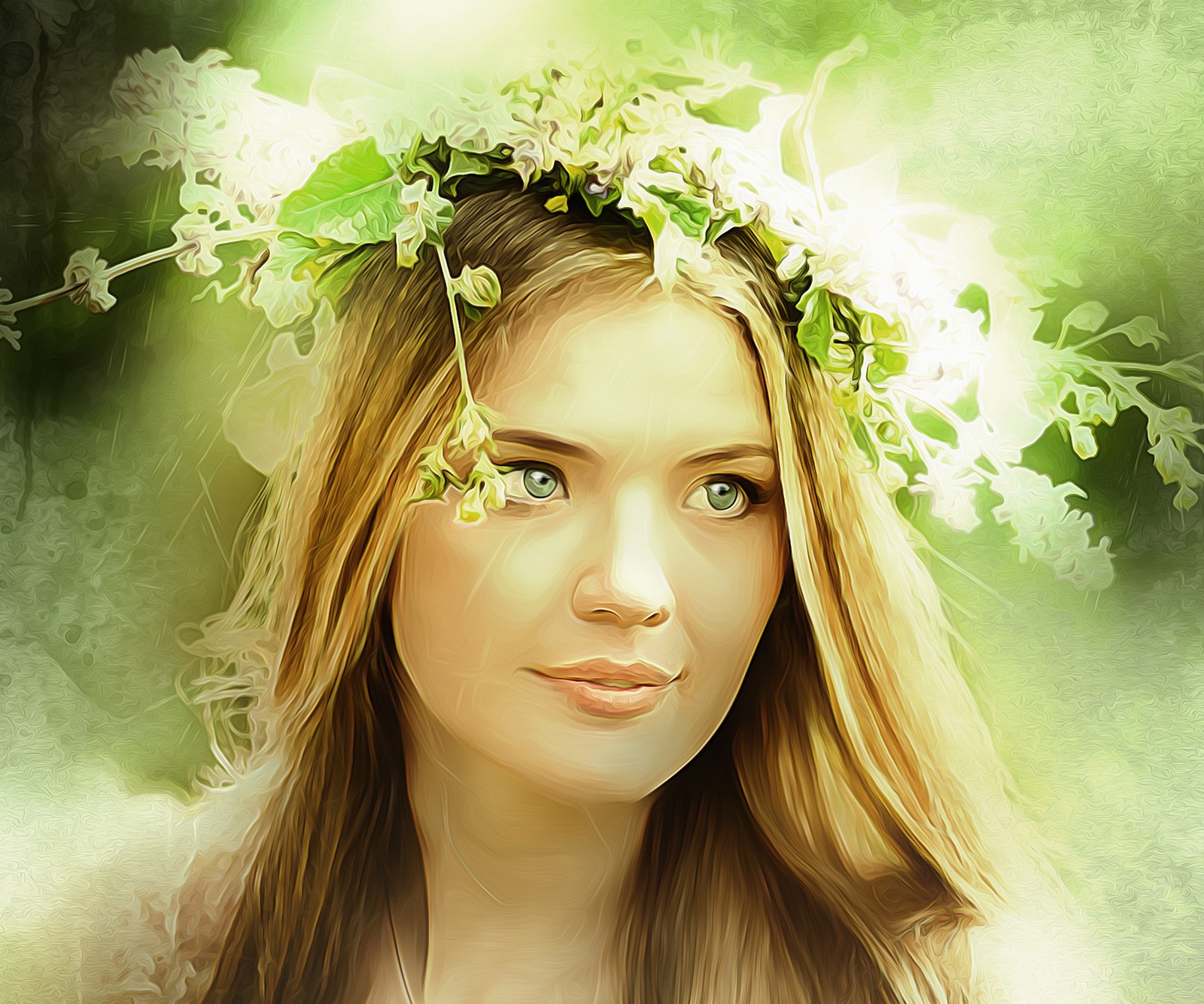Last Updated on December 1, 2025 by Avia
Snow is one of nature’s most powerful forces, and it has been revered by cultures across the world for millennia. Snow deities (snow gods and snow goddesses) have been a part of folklore since ancient times. From Greek snow goddesses to Inuit snow gods, there is an incredible variety of snow deities in different cultures around the world.
Personally, I’m not a huge fan of the snow. Well, I wasn’t before I started digging into snow myths and snow deities. In fact, I started to gain a newfound respect and wonder about winter and snow after learning about these regal mythic beings. So, I thought it would be neat to share with you some of the information I’ve gained about snow deities. Read on as we delve into snow gods and snow goddesses in various cultures and look at how they are depicted in mythology.
Table of Contents
- Symbolic Meaning of Snow
- Snow in Mythology, Legends, and Lore Around the World
- Native American Snow Deities
- Other Snow Gods and Snow Goddesses
- The Four Snow Goddesses: Deities of Mauna Kea
- The Symbolism of Death and Rebirth in Winter Mythology
- Ways to Celebrate and Honor Snow Deities
- Conclusions About Snow Deities
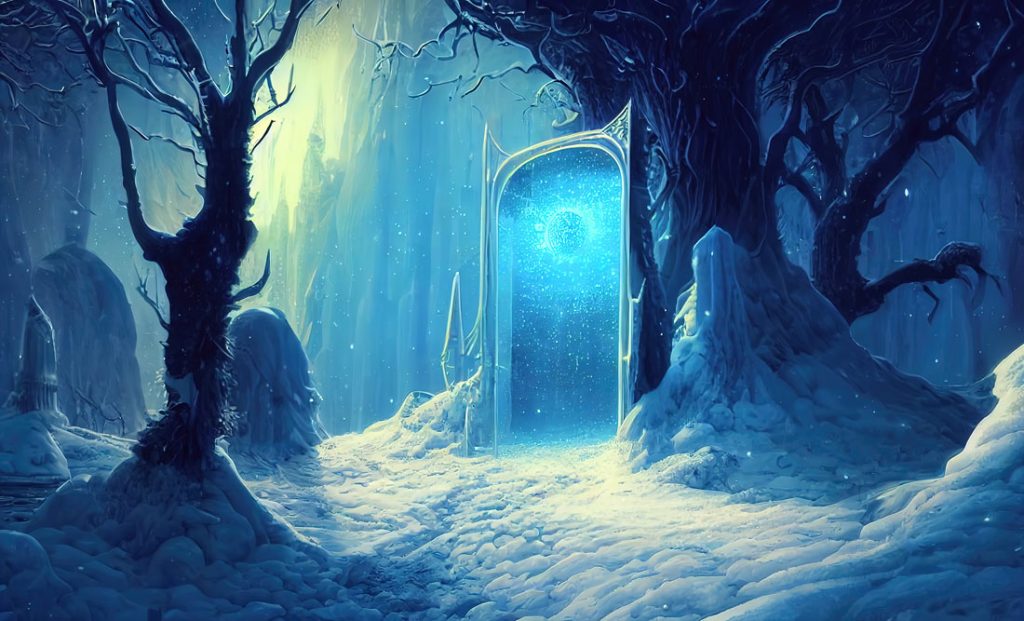
Symbolic Meaning of Snow
In many cultures, snow is seen as a symbol of purity and innocence. It is also often associated with winter, of course – and winter is often considered a time of death, rebirth, and new beginnings. Snow is also believed to have mystical powers and is sometimes used in magical rituals. Snow and winter are certainly magical scenes in pop culture, such as in Disney movies like Frozen. But what about the symbolism of snow in other cultures – or symbolic snow meaning in general? Here are some ideas…
Some cultures believe that snow is the tears of the gods or goddesses. In Japanese mythology, for example, it is said that the snow goddess Yuki-Onna cries each year when she remembers her lost love during the winter. In Chinese mythology, it is said that the tears of the Jade Emperor turn to snow when they fall to earth.
In many cultures, snow is also seen as a symbol of fertility. In Europe, for example, it was once believed that if a pregnant woman went out in the snow, she would have a healthy baby. In some Native American tribes, it was believed that if a young girl was found sleeping in the snow, she would be more likely to conceive a child.
Snow is often seen as a cleansing force. In some traditions, it’s believed to purify both the body and the soul. It’s also thought to have healing properties. Some people believe that snow can cure diseases and relieve pain.
In some cultures, snow is considered a sacred substance. It’s often used in religious ceremonies and rituals. For example, many Native American tribes use snow during sweat lodge ceremonies. Snow is also used in Buddhist rites and practices.
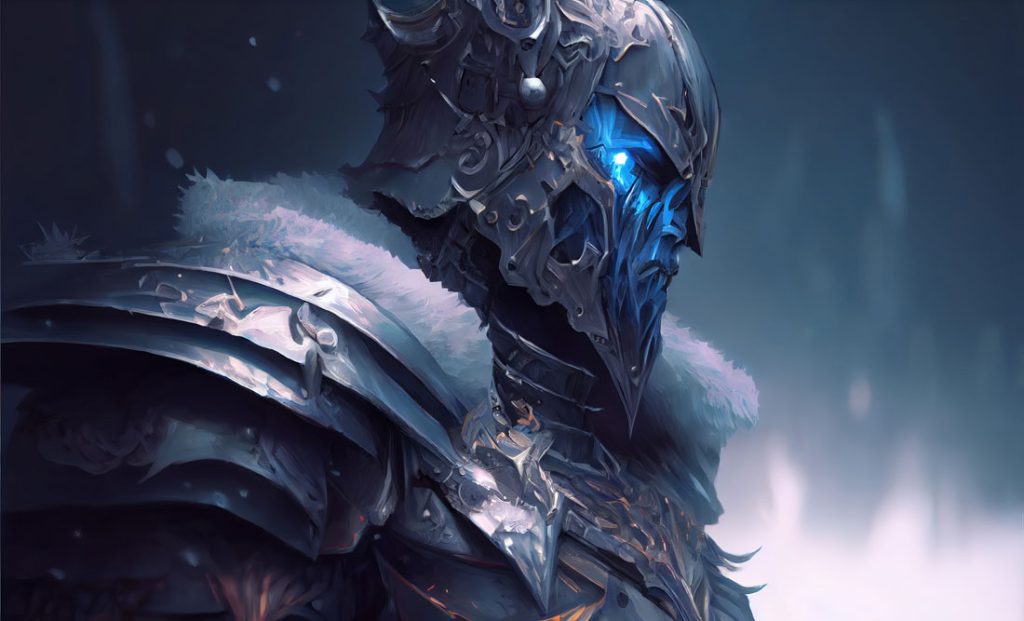
Snow in Mythology, Legends, and Lore Around the World
Throughout the world, there are numerous snow myths, legends, and stories that feature snow as a prominent character. In some cultures, snow is seen as a benevolent force that brings good luck and fortune. In others, it is considered to be a malevolent spirit that must be placated.
Perchta, the German Spirit of Christmas (and snow)
This is a snow deity from Germanic folklore that is associated with spinning and weaving. She is also associated with the winter solstice and Christmas. Perchta is often depicted as an old woman with a long nose and sharp teeth. While she might be a fearsome spirit, she was always welcomed, as her presence typically brought about the first bout of snow.
Yeti: The Snowman of the Himalayas
The Yeti, also known as the Abominable Snowman, is a mythical creature said to inhabit the Himalayan region of Nepal and Tibet. The Yeti is often described as a large, hairy, apelike creature, and sightings of the beast have been reported for centuries.
Despite its fearsome reputation, the Yeti is also considered to be a benevolent creature in some cultures and is sometimes worshiped as a deity. In Tibetan Buddhism, for example, the Yeti is seen as an embodiment of compassion.
Whether or not the Yeti actually exists remains a mystery, but the legend of this elusive creature continues to fascinate people from all over the world.
Yuki-onna: The Japanese Snow Spirit
She is a popular figure in Japanese folklore. She is often depicted as a beautiful woman with long white hair and blue lips. Yuki-onna is said to haunt snowy areas and can kill humans with her icy breath (if provoked).
The Yuki-onna is a Japanese snow spirit who is said to live in the mountains. She is a beautiful woman with long white hair and blue eyes. She is sometimes seen wearing a white kimono and carrying a red umbrella.
Yuki-onna is said to be very kind and gentle, but she can also be fierce when she needs to be. She is the protector of the mountain animals, and she often helps humans who are lost in the mountains.
If you ever find yourself in the mountains and you see a beautiful woman with long white hair, be sure to bow respectfully. You may just be in the presence of the Yuki-onna!
Morozko: The Russian Fairy Tale of Father Frost
Father Frost, or Morozko, is a popular figure in Russian fairy tales. He is often depicted as a kind and wise old man who brings gifts to children on New Year’s Eve. In some stories, he is also said to be the bringer of springtime.
Father Frost lives in a magical land called Belovodye, which is located in the far north of Russia. In winter, his home is covered in snow and ice. Father Frost has many helpers, including his trusty reindeer Snegurochka (or Snow Maiden).
During the Christmas season, Father Frost sets out on his sleigh to deliver presents to all the good children of Russia. On New Year’s Eve, he climbs up onto the Kremlin clock tower to ring in the new year. In these old days of folklore and tales, everyone knew that when they heard the first chime of the new year, Father Frost would be flying overhead!
Jotunheim: The Norse Land of Eternal Cold
Jotunheim is the Norse land of eternal cold, home to the giants (jötnar) of Norse mythology. It is one of the nine worlds of Norse cosmology and is separated from Midgard (the world of humans) by a wall of ice.
The giants are often at war with the gods, and their king, Utgard-Loki, is a master of deception. Jotunheim is a harsh place where extremes of cold and heat are found side by side. It is inhabited by strange creatures, such as the giant eagles that fly between the world’s mountains and the giant serpents that coil around Yggdrasil, the world tree.
Despite its hostile environment, Jotunheim is also purported to be a land of great beauty. Its mountains are said to be covered in rich green pastures, and its rivers flow with milk and honey. In some stories, it is even said to be a paradise for those who die in battle.
Native American Snow Deities
Wintertime is a time of celebration for many cultures around the world. In some native cultures, the winter season is associated with snow deities. There are a variety of snow deities from different tribes. Here are some examples of Native American snow deities:
In Native American Inuit myths, Negagfok is depicted as the guardian and ruler of the cold North Wind. He was often referred to as the god of snow and was considered a nonpartisan deity. Meaning he was fair and just but never took any special favor upon humans as he doled out his harsh winter mixes of snow and ice.
Gohone is the Iroquois deity of winter. He is a fearsome figure who brings cold weather and heavy snowfalls. Gohone is said to live in the sky, and his breath creates the winds that blow across the land. He is also responsible for creating the Aurora Borealis.
Another popular snow character is Old Man Winter, who was said to bring cold weather and storms. Various Native American tribes believed that if they treated Old Man Winter with respect, he would treat them kindly in return. But if they angered him, he was said to unleash his wrath in the form of blizzards and deep snow drifts.
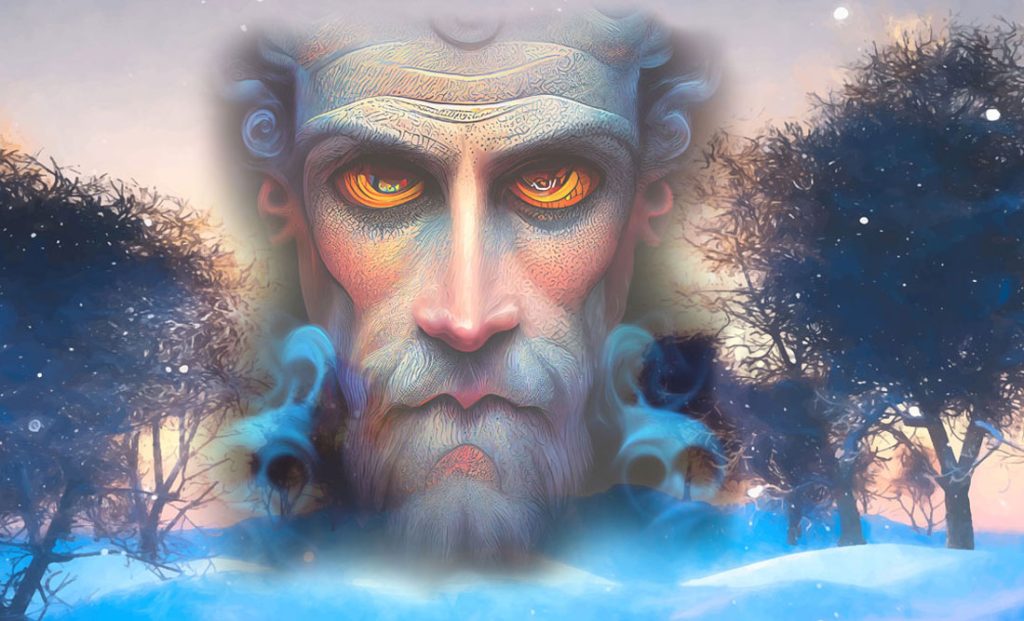
Other Snow Gods and Snow Goddesses
Mythology is loaded with gods and goddesses of snow. So much so, I had a hard time narrowing down what to write about. Ultimately, I’m sharing the deities of snow and winter that live deepest in my heart and in my own life. I hope you enjoy these selections of snow gods and goddesses!
Cailleach Bheur (or Beira): Celtic Queen of Winter
Cailleach Bheur is a Celtic goddess who is associated with winter. She is sometimes known as Beira, the Queen of Winter. Cailleach Bheur is said to bring forth the winter season each year by creating the first snowfall. She is also responsible for shaping the mountains and hillsides with her great staff.
Cailleach Bheur is often portrayed as an old woman, sometimes with blue skin or hair. She is sometimes said to have one eye, which blazes like the sun, and one tooth that sticks out from her mouth. In some stories, she is also said to have two faces – one young and beautiful and one old and haggard. Other tales position Beira as one of the triple goddesses – the crone (the other two being the mother and the maiden).
Despite her fearsome appearance, Cailleach Bheur is generally seen as a benevolent figure. In some stories, she acts as a protector of animals and humans alike during the harsh winter months. She is also said to be a source of wisdom and knowledge, teaching those who are willing to listen about the natural world around them.
If you find yourself in need of some guidance this winter, don’t hesitate to call on Cailleach Bheur. She may just have the answers you’re looking for!
Tengliu: Chinese Goddess of Winter
In Chinese mythology, Tengliu is the goddess of winter. She is said to live in the Kunlun Mountains, where she controls the weather. Tengliu is often depicted as a beautiful woman with long white hair and blue eyes. She is usually seen riding a white tiger or dragon, and her symbols include the snowflake and the icicle.
Tengliu is associated with cold weather, but she is also said to bring good fortune and abundance. In some stories, she is described as the wife of the god of wind, Feng Bo. Together, they are said to control the seasons.
Tengliu is worshiped by many people in China, especially during the winter months. Her festival is celebrated on the twenty-fourth day of the twelfth lunar month. On this day, people offer prayers and sacrifices to her in hopes of a prosperous year ahead.
Kuraokami: Japanese Dragon-God of Snow
In Japan, the Kuraokami is a dragon god of snow, ice, rain, and winter. He is said to live on Mount Fuji, and his breath creates the snow that falls on the mountain. Kuraokami is also said to be responsible for the cold weather in winter. He is sometimes shown as a white dragon and sometimes as a blue dragon.
The dragon-god Kuraokami is an important figure in Japanese mythology, and he has been associated with various holidays and festivals. In some stories, he is said to bring good luck, while in others, he is said to cause misfortune. Kuraokami is also sometimes said to be a friend of humans, and other times he is seen as a dangerous creature that must be avoided.
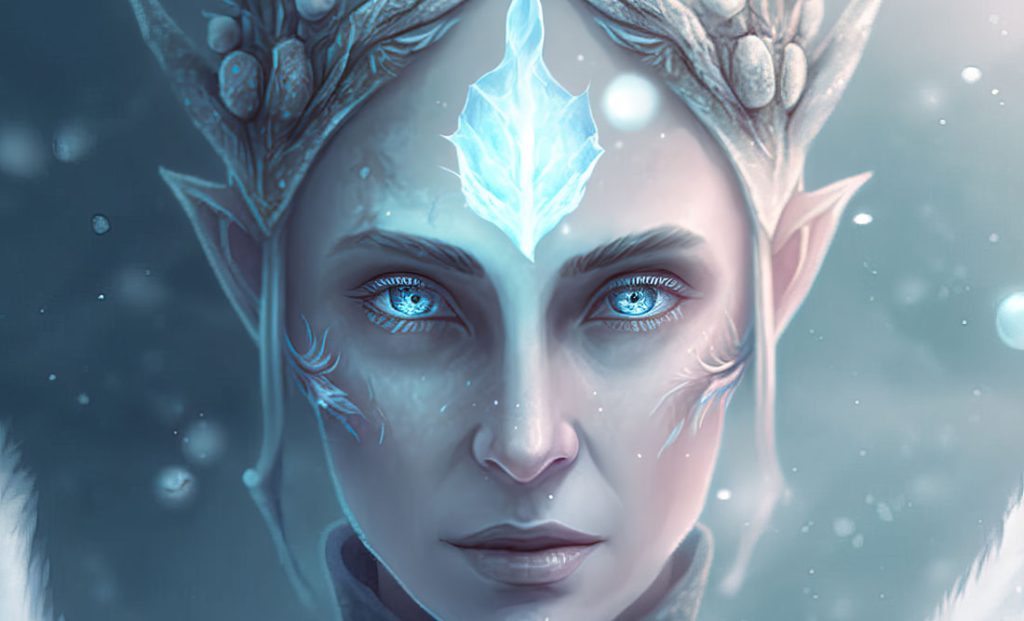
Morana: Slavic Goddess of Winter, Death, & Rebirth
Morana is a Slavic goddess of winter, death, and rebirth. She is often depicted as a white-robed woman with a long black veil. Morana is said to rule over the underworld, where the souls of the dead go after they die. She is also associated with cold weather, frost, and snow. In some stories, Morana is said to be the sister of Veles, another Slavic god.
Boreas: Greek God of North Wind and Bringer of Winter
Boreas was the Greek god of the north wind and the bringer of winter. He was a son of Astraeus and Eos, and he had two sisters, Notus and Zephyrus, who were the gods of the south wind and the west wind, respectively. Boreas was said to be very handsome, and he was often depicted as a winged man or bull.
Boreas was associated with cold weather and snow, and he was said to bring winter to Greece every year. He was also said to be able to create storms, so he was sometimes seen as a dangerous god. In some stories, Boreas abducts women or children, but he is usually portrayed as a gentle god.
Boreas was worshiped in many parts of Greece, but he had a particularly strong cult following in Thrace. His main festival was held in winter, and it involved sacrifices and feasting.
Khione: Greek Goddess of Snow
Khione is the Greek goddess of snow. She is a daughter of Boreas, the god of the north wind, and Orithyia, the goddess of cold mountain winds. Khione is often depicted as a beautiful young woman with long white hair and blue eyes. She is sometimes shown riding on a chariot drawn by white horses or driving a sled pulled by white bears.
As a snow goddess, Khione is responsible for creating snowstorms and blizzards. She can also control the temperature of the air, making it colder or warmer as she pleases. In some stories, Khione is said to have brought winter to the world by covering it in snow.
While most snow gods and goddesses are associated with only one season, Khione is unique in that she presides over winter and spring. In addition to being the goddess of snow, she is also known as the Lady of Flowers because she brings forth new life in the springtime with her melting snow and warming winds.
Skadi: Norse Snow Goddess
Skadi is the Norse goddess of snow. She is the daughter of the giant Thjazi and the wife of the god Njord. She is a giantess who lives in the mountains and hunts with her wolves. Skadi is also a wicked-expert skier and skater.
This Norse snow goddess is known for her beauty, but she is also fierce and dangerous. She once went to war against the gods, and she later became the goddess of winter. Skadi is sometimes depicted as a cold and heartless goddess, but she can also be kind and loving.
Skadi is a popular figure in Norse mythology, and she appears in many stories and poems. In one story, Skadi comes to Asgard to live with the gods, but she is not happy there. She misses her home in the mountains, and she doesn’t like the gods or their way of life. Skadi eventually leaves Asgard and goes back to her own world.
Ullr: Norse Snow God
Ullr is the Norse God of snow. He is said to be the son of Sif and Thor and the stepson of Loki. He is a skilled archer and skier and is known for his hunting prowess. In some stories, he is also said to be a master of disguise, able to change his appearance at will.
Ullr is often associated with winter sports, such as skiing and snowboarding, as well as hunting. He is also sometimes depicted as riding a chariot pulled by reindeer.
Although Ullr is not one of the most widely-known Norse Gods, he remains popular among those who love winter activities. Many modern spiritually-minded folks consider him to be a patron deity of winter sports, and some even celebrate an annual festival in his honor around the time of the winter solstice.
The Four Snow Goddesses: Deities of Mauna Kea
In Hawaiian mythology, there are four snow goddesses – or, more accurately – four goddesses of the snow-topped mountains. These four snow goddesses are sisters, and their names are: Poliʻahu, Lilinoe, Waiau, and Kahoupokane. Here are their roles as snow goddesses in Hawaiian myth:
Poli’ahu
The Hawaiian goddess Poliʻahu is one of the most important deities associated with Mauna Kea, the tallest mountain in Hawaii. She is one of the four great snow goddesses of Hawaii, along with Lilinoe, Waiau, and Kahoupokane.
Poliʻahu is the daughter of two other Hawaiian deities, Ao and Kū. Ao is the god of sky and light, while Kū is the god of war and darkness. Poliʻahu’s name means “white cloak” in Hawaiian, and she is often depicted wearing a white poncho or cape.
As the goddess of snow, Poliʻahu is responsible for creating the beautiful white blanket that covers Mauna Kea during winter. She is also said to control the weather on the mountain and can cause either heavy snowfalls or warm sunny days.
Poliʻahu is usually portrayed as a young woman, but she can also take on the form of a white bird or a white wī (a type of Hawaiian hawk). In some stories, she is said to be the wife of ʻAilāʻau, another deity associated with Mauna Kea.
Kahoupokane
Kahoupokane is the goddess of snow in the mythology of the indigenous people of North America. She is often depicted as a beautiful woman with long, flowing hair and wearing a white dress. She is said to bring good luck to those who see her and is believed to be able to control the weather.
Waiau
Waiau is one of the most popular snow deities in Polynesian mythology. She is known as the goddess of snow and cold and is said to live in the clouds. Waiau is often portrayed as a beautiful woman with long white hair and blue eyes. She is usually seen wearing a white dress and carrying a staff or scepter.
Waiau is known for her ability to control the weather and is said to be responsible for bringing snow to the mountains. She is also said to be able to create giant waves and storms at sea. In some stories, Waiau is also said to be able to transform into a bird or another animal.
Waiau is revered by many people, and her cult was very popular in ancient times. Her temples were built on high mountains, where her priests would offer sacrifices to her. These days, Waiau is still worshiped by some people, particularly in Nepal and Tibet.
Lilinoe
Lastly, there is Lilinoe. She is a Hawaiian goddess of mist and fog. She is also known as the Lady of the Yellow Berry and is associated with rainbows. Lilinoe is said to live in caves in the mountains, and her favorite food is said to be maile leaves.
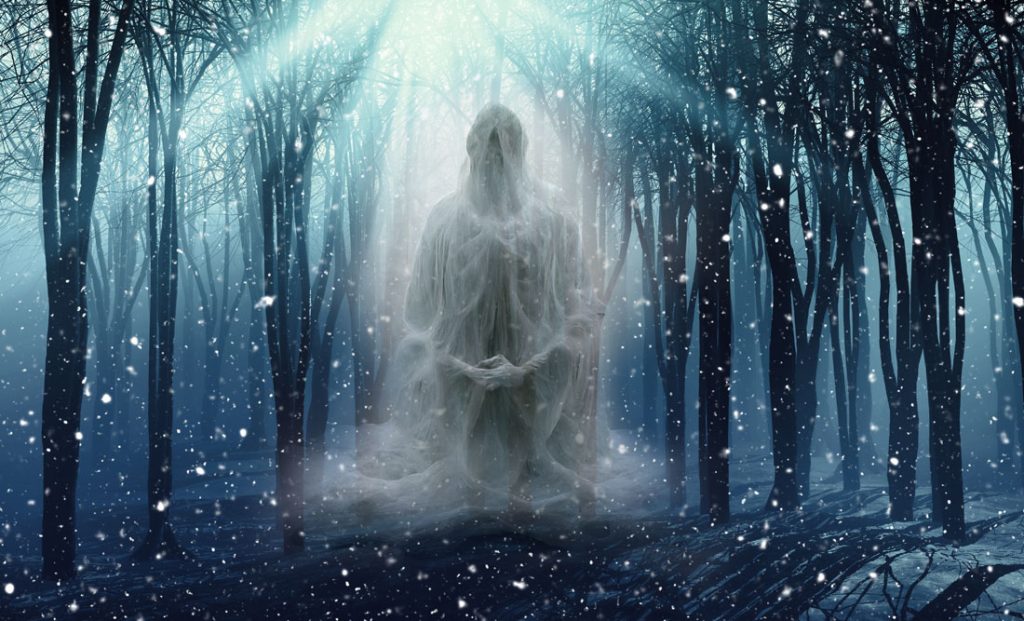
The Symbolism of Death and Rebirth in Winter Mythology
In many cultures, winter is seen as a time of death and rebirth. The cold, dark days of winter are often seen as a time when the veil between the world of the living and the world of the dead is at its thinnest. This makes winter a time when people can commune with their ancestors and learn from them.
Many myths and legends surrounding snow deities involve some kind of death or rebirth. In some stories, the snow deity dies and is reborn each year. In others, they may die and be resurrected once every thousand years. In either case, these stories show that even in the darkest times, there is always hope for new life.
One of the most famous examples of a snow deity dying and being reborn is the story of Persephone. In Greek mythology, Persephone was kidnapped by Hades and taken to the underworld. Her mother, Demeter, grieved so deeply for her daughter that she caused all the plants on earth to wither and die. Finally, Zeus intervened and ordered Hades to release Persephone.
However, because she had eaten some pomegranate seeds while in the underworld, Persephone was obliged to spend part of each year there with Hades. During this time, Demeter grieves for her daughter once more and causes winter to fall upon the earth. But each spring, when Persephone returns from the underworld, Demeter rejoices and causes springtime to return to the earth once more.
Ways to Celebrate and Honor Snow Deities
There are many ways to celebrate and honor snow deities. Here are a few suggestions:
- One way is to make offerings of food, and drink and leave them out under a full snow moon with prayers of praise and honor.
- Meditation is always my answer to just about everything, and it’s a great way to connect and show respect to snow gods and snow goddesses.
- Another way is to sing songs and dance in their honor.
- You can also burn candles or incense or offer them gifts of clothing or jewelry.
- Additionally, you can create artwork or write poetry in honor of these deities.
- Finally, you can simply take the time to reflect on their stories and what they mean to you.
Conclusions About Snow Deities
Clearly, snow deities have been and still are important figures in many cultures around the world. They are seen as protectors and bringers of good fortune, but they also serve as reminders of nature’s power and beauty.
Whether you’re interested in learning more about these gods and goddesses or just want a reminder of how magical wintertime can be, research into snow deities is an engaging way to explore different myths from across history. Hopefully, this post on snow gods and goddesses has given you a good head start! As always, thank you for reading!
Mighty brightly,

© Copyrighted. All Rights Reserved.

